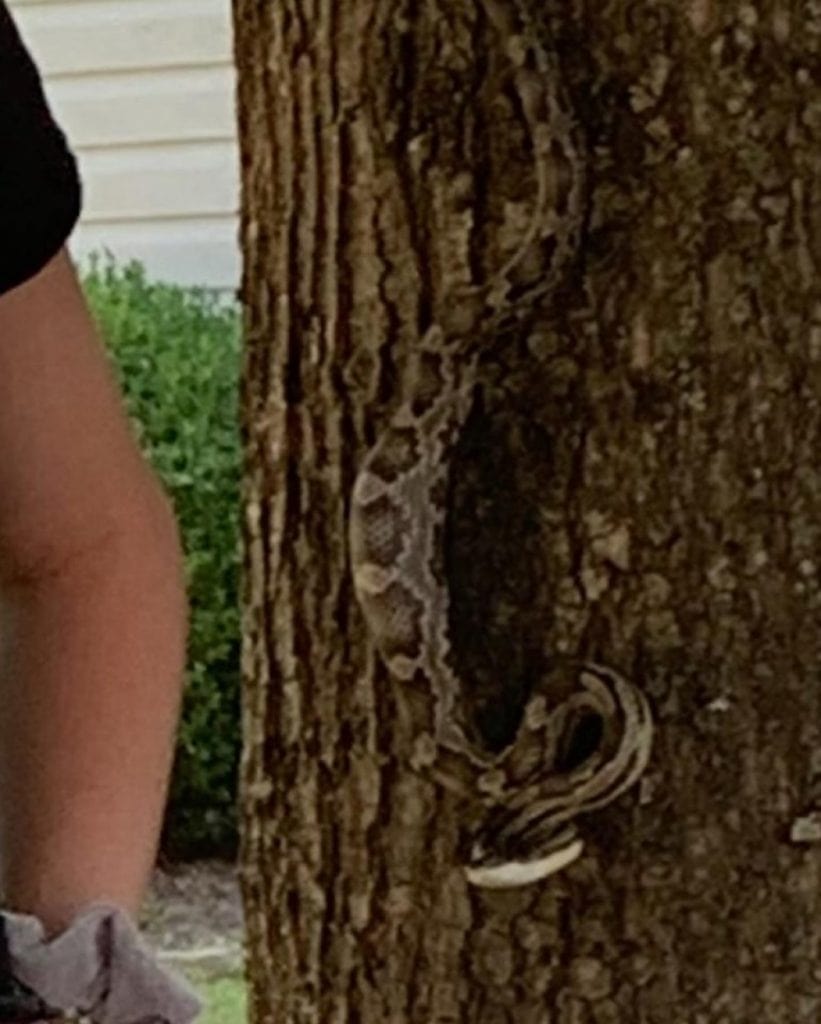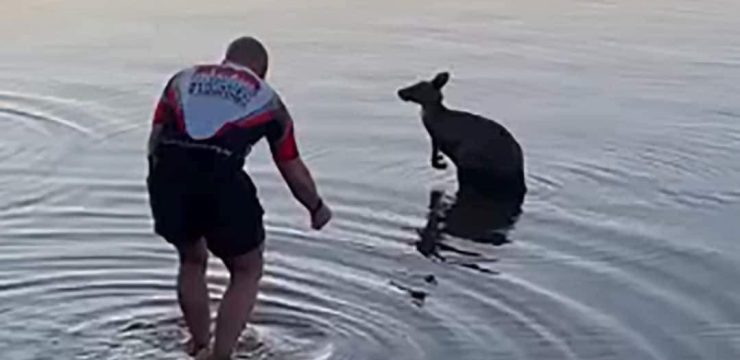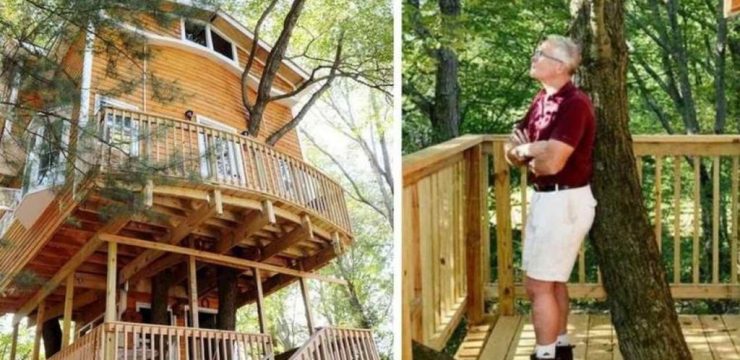
Encountering unexpected creatures in our environment can be unsettling, but the fear reaches new heights when it involves a venomous snake. This sentiment is particularly true for the mother of a young girl who recently had a frightening experience in their own backyard, just as the girl was celebrating her seventh-grade graduation.
The mother was trying to capture a special moment—a photo of her daughter sitting under a tree—when she felt an unusual chill in the air. Her daughter was smiling at the camera when, to their horror, a snake suddenly slithered out from the branches above! Despite the shock, both mother and daughter managed to stay unharmed, though they were understandably rattled by the encounter.
“The snake was terrifying. I took two pictures as soon as I saw it,” the mother recalled. “I stayed surprisingly calm when I told her to move away, but I think she could see the fear on my face.”
For anyone, coming face-to-face with a snake can be a deeply frightening experience. It’s crucial to stay calm and avoid panic in such situations. Depending on the species, some snakes can be highly dangerous, so knowing what to do when you encounter one is essential.
The first and most important step is to give the snake plenty of space. Snakes generally prefer to be left alone and will not attack unless they feel threatened. If you can safely identify the snake’s species, it’s important to do so. This knowledge can help you determine the appropriate distance you should maintain from the snake. However, it’s crucial to remember that trying to handle or trap a wild snake is extremely dangerous and could result in severe injury or even death.
When you find yourself too close to a snake, the best course of action is to slowly back away until you are at a safe distance. Keep your eyes on the snake as you move, ensuring that those around you can also maintain a safe distance.

Once you’ve reached a safe distance, it’s advisable to contact local wildlife authorities for assistance. These professionals have the expertise to handle the situation safely, ensuring that the snake is either rehabilitated if it’s injured or returned to its natural habitat.
It’s essential to remember that snakes play a vital role in their ecosystems and should not be harmed unless absolutely necessary. By giving snakes the space they need, you protect yourself and contribute to the well-being of these important creatures.
For those interested in learning more about snakes, numerous online resources and publications by professional herpetologists are available. Understanding the species of snakes that inhabit your area can help you identify them more quickly and take the appropriate steps if you encounter one. Remember, living harmoniously with nature involves respecting both the snake’s role in the ecosystem and ensuring your own safety.





